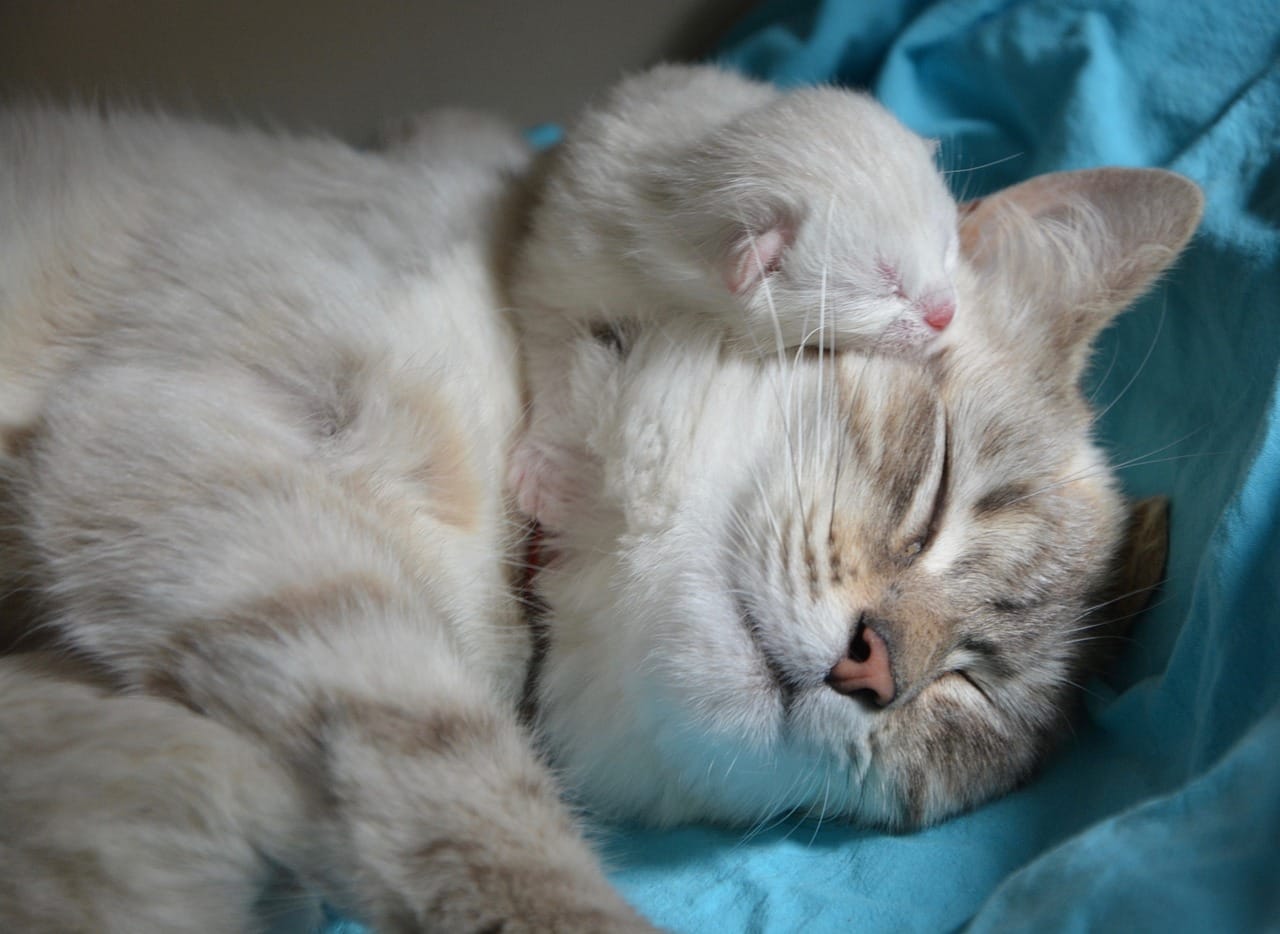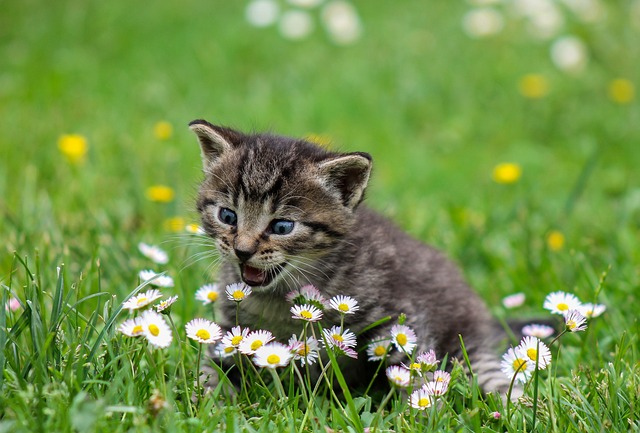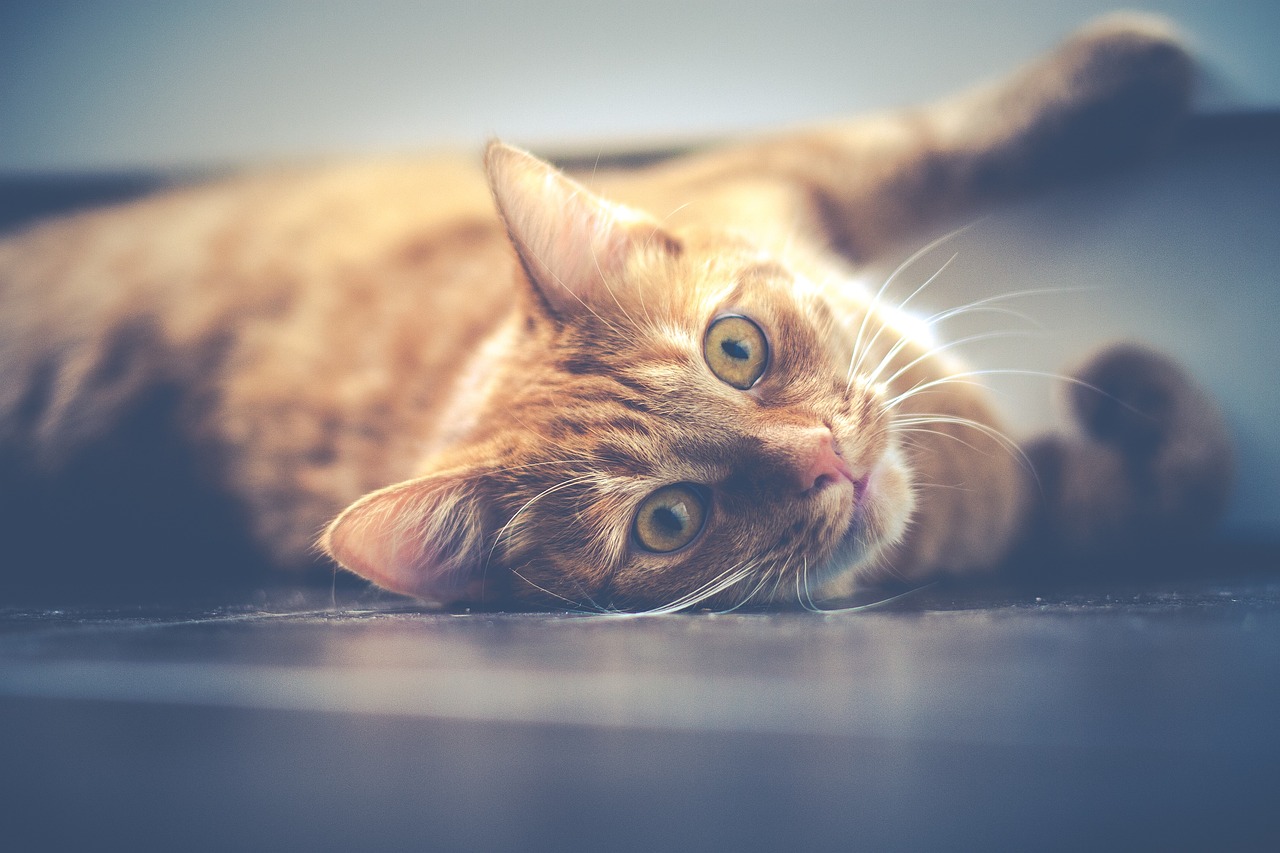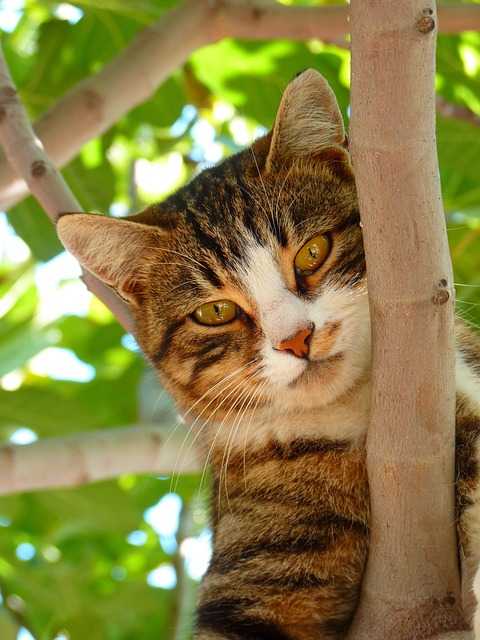Welcoming a litter of kittens into the world is an extraordinary event that requires attentive observation and preparedness. Understanding the signs of cat labor is essential for ensuring a smooth delivery process and the well-being of both the mother and her newborns.
I. Early Indicators of Impending Cat Labor
As your cat approaches labor, she may exhibit behavioral and physical changes. Look for signs of restlessness and nesting behaviors, as well as a decrease in appetite or refusal to eat. Additionally, monitor her body temperature, as a drop may indicate labor is imminent. Cats often seek out secluded, quiet areas to prepare for labor, so providing a comfortable, secluded space for your cat to nest can help her feel secure during this time.
II. Progressive Signs of Active Cat Labor
Once labor begins, your cat will likely experience visible abdominal contractions and may vocalize or purr during contractions. Keep an eye out for the rupture of membranes, signaled by the breaking of the amniotic sac and the release of clear or bloody discharge. Encourage your cat to remain calm and comfortable during labor by providing gentle reassurance and a quiet environment. You can also offer her soft bedding and privacy to help her feel safe and secure.
III. Onset of Delivery
As delivery nears, you may notice the appearance of kittens, with the emergence of their heads or limbs. Pay attention to the intervals between kitten deliveries and observe the mother’s behavior, as she will instinctively clean and stimulate her newborns. It’s essential to allow the mother cat to take the lead in caring for her kittens, but you can offer assistance if needed, such as gently removing membranes from kittens’ faces or assisting with umbilical cord clamping if the mother is unable to do so.
IV. Handling Emergencies and Complications
In some cases, labor may be prolonged or complications may arise. Recognizing signs of dystocia, or difficulty in labor, is crucial, and immediate veterinary assistance should be sought if necessary. Signs of dystocia include prolonged labor without the birth of a kitten, excessive straining without progress, or the appearance of a kitten stuck in the birth canal. If you suspect your cat is experiencing complications during labor, do not hesitate to contact your veterinarian for guidance and support.
V. Post-Delivery Care
After delivery, monitor the mother for any retained placentas or postnatal complications. It’s essential to ensure the mother cat is eating, drinking, and caring for her kittens properly in the hours and days following delivery. Providing a warm, quiet space for the mother and her kittens to bond and nurse can help facilitate the postnatal recovery process.
Conclusion
Understanding the signs of cat labor is paramount for cat owners. By recognizing the stages of labor and being prepared for potential complications, you can help ensure a safe and successful delivery for your cat and her kittens. Remember to provide gentle support and assistance as needed, and always prioritize the health and well-being of both the mother cat and her newborns.






